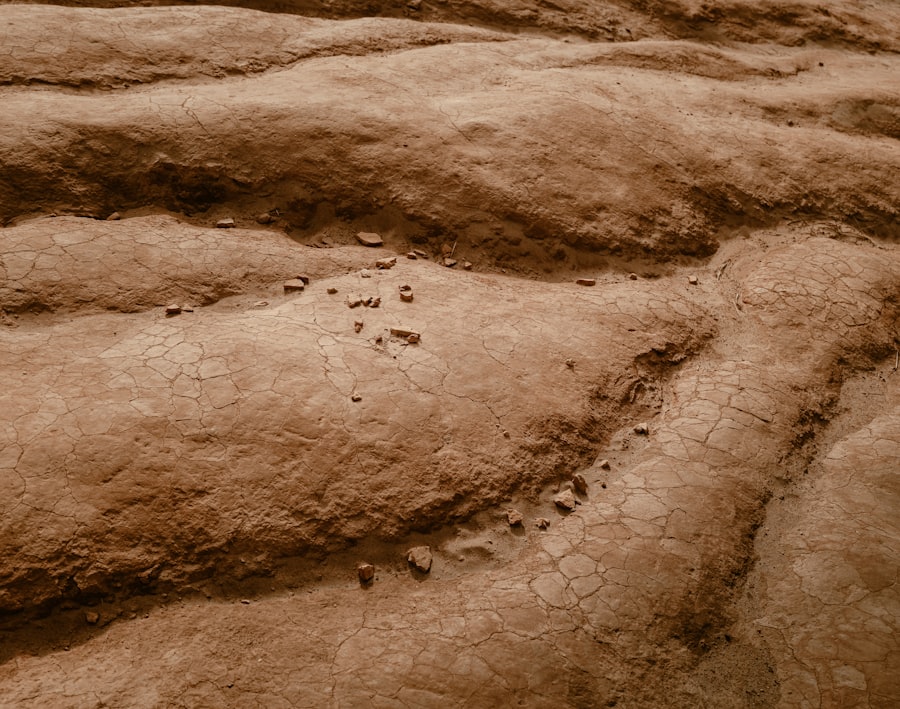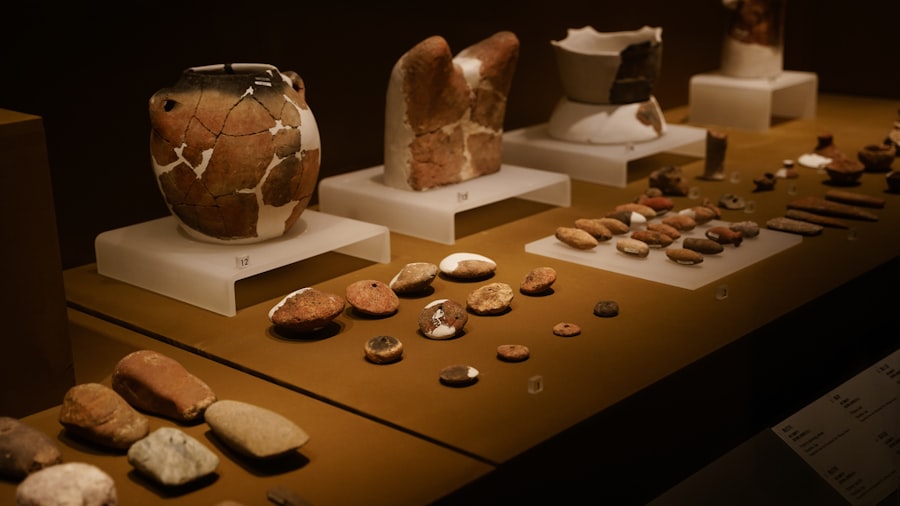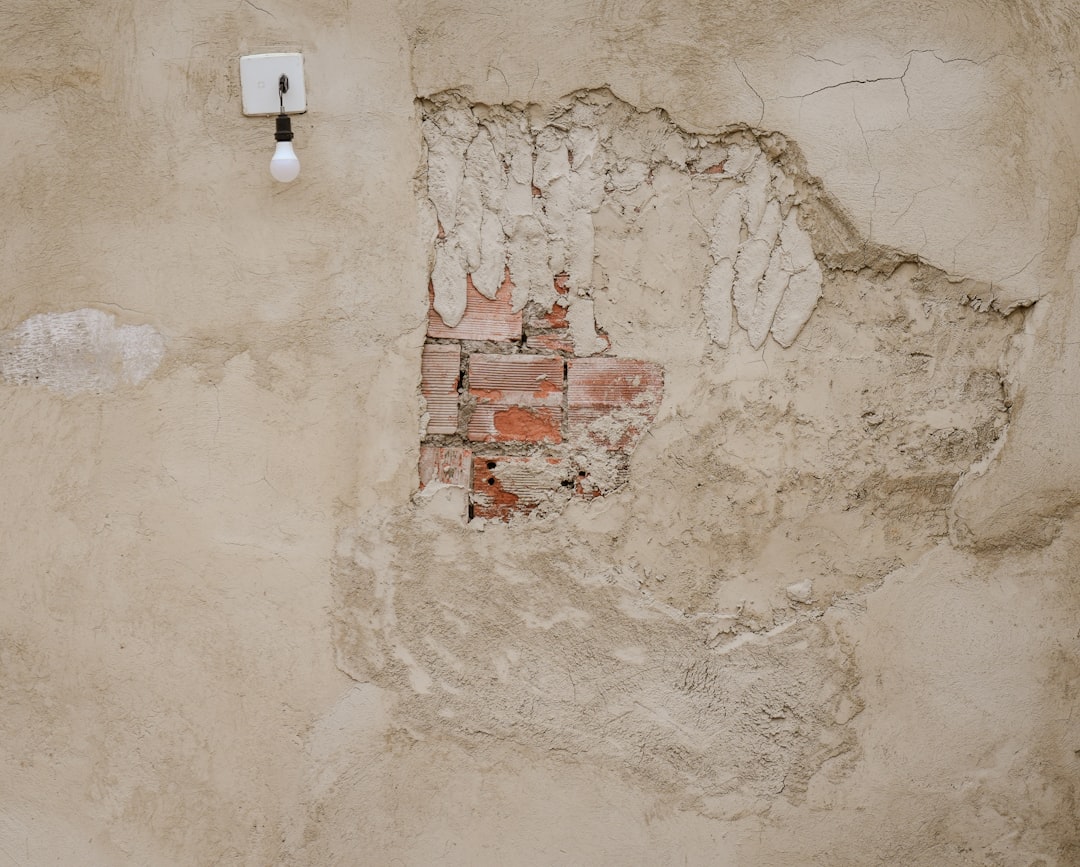The legend of Atlantis has captivated the imaginations of scholars, adventurers, and dreamers for centuries. First mentioned by the ancient Greek philosopher Plato in his dialogues “Timaeus” and “Critias,” Atlantis was described as a powerful and advanced civilization that mysteriously vanished into the ocean. Many have speculated whether this tale was merely a philosophical allegory or if it was rooted in historical fact.
Some researchers have sought to identify real locations that could correspond to Plato’s descriptions, proposing various sites ranging from the Mediterranean to the Caribbean. The allure of Atlantis lies not only in its potential historical significance but also in the idea of a lost utopia, a civilization that achieved great heights before succumbing to its own hubris. Despite extensive research and numerous theories, definitive evidence of Atlantis remains elusive.
Archaeologists and historians have debated the plausibility of its existence, with some arguing that the story may have been inspired by real events, such as the eruption of Santorini or the Minoan civilization’s decline. Others contend that Plato’s account was purely fictional, intended to convey moral lessons about power and morality. The ongoing fascination with Atlantis reflects humanity’s desire to uncover hidden truths and explore the mysteries of our past, leaving many to wonder if the lost city is a tantalizing myth or a forgotten reality waiting to be rediscovered.
Key Takeaways
- Many ancient mysteries, like Atlantis and the Ark of the Covenant, blend fact with legend, leaving their true nature uncertain.
- Theories about extraterrestrial involvement arise frequently, especially regarding the Pyramids, Nazca Lines, and Stonehenge.
- Archaeological evidence often challenges or supports myths, such as the Curse of the Pharaohs and the Roswell Incident.
- Historical conspiracies, like those involving the Knights Templar and the Holy Grail, continue to captivate imaginations.
- Apocalyptic interpretations, such as those linked to the Mayan Calendar, reflect humanity’s enduring fascination with prophecy and the unknown.
The Pyramids of Egypt: Were They Built by Aliens?
The Pyramids of Egypt stand as monumental testaments to human ingenuity and architectural prowess. However, their construction has sparked a plethora of theories, including the controversial notion that extraterrestrial beings played a role in their creation. Proponents of this idea argue that the sheer scale and precision of the pyramids’ construction are beyond the capabilities of ancient civilizations, suggesting that advanced technology or knowledge from alien visitors must have been involved.
This theory often draws on the alignment of the pyramids with celestial bodies and their intricate design, which some believe could not have been achieved without outside assistance. Critics of the alien hypothesis emphasize the extensive evidence supporting human involvement in pyramid construction. Archaeological findings reveal a well-organized workforce, sophisticated tools, and a deep understanding of mathematics and engineering among the ancient Egyptians.
Theories suggesting alien intervention often overlook the cultural and historical context in which these monumental structures were built. While the idea of extraterrestrial influence is intriguing, it is essential to recognize the remarkable achievements of human civilization and the ingenuity that led to the creation of one of history’s most iconic landmarks.
The Nazca Lines: Ancient Astronaut Landing Sites?

The Nazca Lines, a series of enormous geoglyphs etched into the arid landscape of southern Peru, have long fascinated researchers and enthusiasts alike. Spanning over 1,000 square kilometers, these intricate designs depict various animals, plants, and geometric shapes, some measuring hundreds of meters in length. The sheer scale and precision of these lines have led some to propose that they served as landing sites for ancient astronauts or extraterrestrial visitors.
This theory posits that the lines were created as signals or markers for alien spacecraft, drawing attention to their otherworldly origins. However, many archaeologists argue that the Nazca Lines were created by the Nazca culture between 500 BCE and 500 CE for religious or ceremonial purposes. They suggest that these geoglyphs may have held spiritual significance, serving as offerings to deities or as astronomical calendars aligned with celestial events.
The Nazca Lines stand as a testament to human creativity and ingenuity, reflecting the beliefs and practices of an ancient civilization rather than evidence of extraterrestrial contact.
The Curse of the Pharaohs: Myth or Reality?
| Aspect | Details | Notes |
|---|---|---|
| Origin of the Curse | Alleged curse placed on tombs of Egyptian Pharaohs to protect them from intruders | Popularized after the discovery of Tutankhamun’s tomb in 1922 |
| Famous Cases | Deaths of Lord Carnarvon and others involved in Tutankhamun’s tomb excavation | Lord Carnarvon died 4 months after the tomb was opened |
| Scientific Explanations | Possible exposure to toxic mold, bacteria, or gases inside tombs | Some researchers suggest natural causes for deaths |
| Number of Deaths Reported | Approximately 8-10 deaths linked to the curse in popular media | Many deaths have been debunked or exaggerated |
| Modern Archaeological View | Curse considered a myth or superstition | Focus on scientific and historical context rather than supernatural |
| Impact on Popular Culture | Inspired numerous books, movies, and documentaries | Contributed to fascination with ancient Egypt |
The Curse of the Pharaohs has become a staple of popular culture, often depicted in films and literature as a supernatural consequence faced by those who disturb ancient Egyptian tombs. The most famous case is that of Tutankhamun’s tomb, which was discovered by Howard Carter in 1922. Following this discovery, several individuals associated with the excavation reportedly met untimely deaths, fueling speculation about a curse placed upon those who violated the resting places of the pharaohs.
This narrative has captivated audiences for decades, intertwining history with elements of mystery and intrigue. Skeptics argue that the notion of a curse is rooted more in superstition than in reality. They point out that many individuals involved in the excavation lived long and healthy lives, while others who were not directly connected to the tomb also experienced misfortunes.
Additionally, scientific explanations for the deaths attributed to the curse have been proposed, including infections from bacteria or mold present in the tombs. While the idea of a curse adds an element of drama to the story of ancient Egypt, it is essential to approach such claims with a critical eye and recognize that many factors contribute to historical narratives.
The Knights Templar and the Holy Grail: Hidden Secrets and Conspiracies
The Knights Templar, a medieval Christian military order founded in the 12th century, has long been shrouded in mystery and intrigue. Their association with the Holy Grail—a legendary relic said to possess miraculous powers—has fueled countless conspiracy theories and fictional narratives. Some believe that the Templars discovered the Grail during their crusades or that they possessed secret knowledge about its whereabouts.
This connection has led to speculation about hidden treasures and clandestine rituals practiced by the order. While historical records indicate that the Templars were primarily focused on military endeavors and protecting pilgrims traveling to Jerusalem, their sudden dissolution in 1312 by Pope Clement V only intensified speculation about their secrets. Many conspiracy theories suggest that they were guardians of ancient wisdom or artifacts that could challenge established religious beliefs.
The allure of hidden knowledge continues to captivate modern audiences, as stories about secret societies and lost relics persist in popular culture. Ultimately, while much remains unknown about the Knights Templar, their legacy endures as a symbol of mystery and intrigue.
The Roswell Incident: Archaeological Evidence of Extraterrestrial Life?

The Roswell Incident of 1947 remains one of the most famous events in UFO lore, sparking widespread speculation about extraterrestrial life and government cover-ups. Initially reported as a “flying disc” recovery by military personnel in Roswell, New Mexico, subsequent statements retracted this claim, attributing it instead to a weather balloon. This abrupt change fueled conspiracy theories suggesting that the government was hiding evidence of alien encounters or even extraterrestrial technology.
Archaeological evidence supporting claims of extraterrestrial life remains scant at best. While some enthusiasts point to alleged eyewitness accounts and classified documents as proof of a cover-up, skeptics argue that these claims lack credible substantiation. The Roswell Incident has become emblematic of humanity’s fascination with the unknown and our desire to explore possibilities beyond our planet.
As investigations continue into unidentified aerial phenomena (UAP), questions surrounding Roswell persist, leaving many to wonder if there is more to this story than meets the eye.
The Mayan Calendar: Prophecies and Apocalyptic Theories
The Mayan calendar has garnered significant attention for its intricate cycles and predictions regarding time and cosmic events. In particular, December 21, 2012, became infamous as a date associated with apocalyptic theories stemming from interpretations of Mayan texts. Many believed that this date marked the end of an era or even an impending cataclysmic event.
This interpretation sparked widespread panic and fascination worldwide, leading to discussions about ancient prophecies and their relevance in contemporary society. However, scholars emphasize that such interpretations often misrepresent Mayan cosmology and culture. The Mayan calendar consists of various cycles that reflect their understanding of time as cyclical rather than linear.
Rather than predicting doom, many Mayan texts celebrate renewal and transformation at the end of each cycle. The fascination with apocalyptic theories surrounding the Mayan calendar highlights humanity’s enduring interest in prophecy and our quest for meaning in an uncertain world.
The Great Sphinx of Giza: Secret Chambers and Hidden Knowledge
The Great Sphinx of Giza stands as an enduring symbol of ancient Egypt’s grandeur and mystery. Carved from limestone during the reign of Pharaoh Khafre around 2500 BCE, this colossal statue has long been associated with various legends and theories regarding hidden chambers or secret knowledge beneath its enigmatic visage. Some researchers speculate that there may be undiscovered tunnels or chambers containing artifacts or texts that could shed light on ancient Egyptian civilization.
While modern technology has allowed for non-invasive exploration beneath the Sphinx’s surface, definitive evidence supporting claims of hidden chambers remains elusive.
The allure of hidden knowledge associated with the Sphinx reflects humanity’s desire to unlock secrets from our past while acknowledging the remarkable achievements of those who came before us.
The Bermuda Triangle: Archaeological Discoveries and Mysterious Disappearances
The Bermuda Triangle—a region bounded by Miami, Bermuda, and Puerto Rico—has gained notoriety for its association with mysterious disappearances of ships and aircraft over decades. Tales of vessels vanishing without a trace have fueled speculation about supernatural forces or extraterrestrial activity at play within this enigmatic area. While many stories surrounding these incidents are steeped in mythos, researchers have sought to uncover potential explanations grounded in science.
Archaeological discoveries within the Bermuda Triangle region have revealed shipwrecks dating back centuries, providing insight into maritime history while also raising questions about navigational challenges faced by sailors in these waters. Factors such as unpredictable weather patterns, underwater topography, and human error may contribute significantly to incidents within this area rather than invoking supernatural explanations. As investigations continue into both historical records and modern technology’s role in navigation safety, understanding these mysteries requires a balanced approach that considers both scientific inquiry and cultural narratives.
Stonehenge: Ancient Astronomical Observatory or Alien Landing Site?
Stonehenge stands as one of humanity’s most iconic prehistoric monuments, drawing visitors from around the globe who marvel at its massive stone circle set against England’s rolling landscape. For centuries, theories regarding its purpose have ranged from being an astronomical observatory to serving as an alien landing site. Proponents of extraterrestrial involvement argue that such monumental construction could not have been achieved without advanced technology beyond human capabilities.
However, archaeological research suggests that Stonehenge was likely constructed by Neolithic peoples for ceremonial purposes related to agriculture or astronomy rather than extraterrestrial visitation. Evidence indicates alignment with solar events such as solstices—demonstrating an understanding of celestial cycles among ancient cultures. While theories surrounding alien involvement may capture public imagination, it is essential to recognize Stonehenge’s significance within its historical context as a testament to human creativity and cultural expression.
The Ark of the Covenant: Lost Relic or Government Cover-up?
The Ark of the Covenant—a sacred object described in biblical texts—has long been shrouded in mystery regarding its fate after its disappearance from historical records. Believed to contain sacred relics such as Moses’ tablets inscribed with divine commandments, theories abound regarding its current location—ranging from claims it lies hidden beneath Jerusalem’s Temple Mount to suggestions it was taken by secretive organizations for safekeeping. While archaeological efforts continue to search for evidence related to this legendary artifact, many scholars caution against sensationalized narratives surrounding government cover-ups or conspiracies involving its existence.
Instead, they emphasize understanding cultural significance within religious traditions while acknowledging gaps in historical documentation regarding its fate over millennia. As discussions surrounding lost relics persist within popular culture today—reflecting humanity’s enduring quest for meaning—questions about faith intersect with history in profound ways that continue shaping our understanding of ancient civilizations’ legacies.
Archaeology conspiracy theories often capture the imagination, blending history with intrigue and speculation. One fascinating article that delves into these theories can be found on XFile Findings, which explores various claims and controversies surrounding archaeological discoveries. For more insights, you can read the article [here](https://www.xfilefindings.com/).
WATCH THIS! The Sphinx’s Secret Chamber: Why Egypt’s Government Forbids Scanning the Hall of Records
FAQs
What are archaeology conspiracy theories?
Archaeology conspiracy theories are alternative explanations or beliefs about archaeological findings and historical events that often contradict established scientific consensus. These theories typically suggest hidden knowledge, cover-ups, or secret agendas related to ancient civilizations, artifacts, or historical timelines.
Why do archaeology conspiracy theories arise?
These theories often arise due to gaps in historical knowledge, sensationalized media reports, mistrust of official institutions, or the human tendency to seek mysterious or extraordinary explanations for complex phenomena. They can also be fueled by misinterpretations of evidence or deliberate misinformation.
Are archaeology conspiracy theories supported by scientific evidence?
Most archaeology conspiracy theories lack credible scientific evidence and are not supported by peer-reviewed research. Established archaeological methods rely on rigorous analysis, dating techniques, and cross-disciplinary studies to validate findings, which conspiracy theories often ignore or misrepresent.
Can archaeology conspiracy theories impact public understanding of history?
Yes, these theories can influence public perception by spreading misinformation, creating confusion about historical facts, and undermining trust in scientific research. However, they can also spark interest in archaeology and history, prompting people to learn more about the past.
How can one differentiate between credible archaeology and conspiracy theories?
Credible archaeology is based on systematic excavation, scientific dating methods, peer-reviewed publications, and consensus within the academic community. In contrast, conspiracy theories often rely on anecdotal evidence, lack proper documentation, and dismiss established scientific methods.
Are there any famous examples of archaeology conspiracy theories?
Yes, some well-known examples include claims about ancient aliens influencing human civilization, hidden advanced technologies in ancient times, or suppressed discoveries that could rewrite history. These theories have been popularized in books, documentaries, and online platforms but remain unsubstantiated by mainstream archaeology.
What role do archaeologists play in addressing conspiracy theories?
Archaeologists work to educate the public by sharing accurate information, publishing research findings, and engaging in outreach activities. They aim to dispel myths and promote critical thinking about historical evidence and interpretations.
